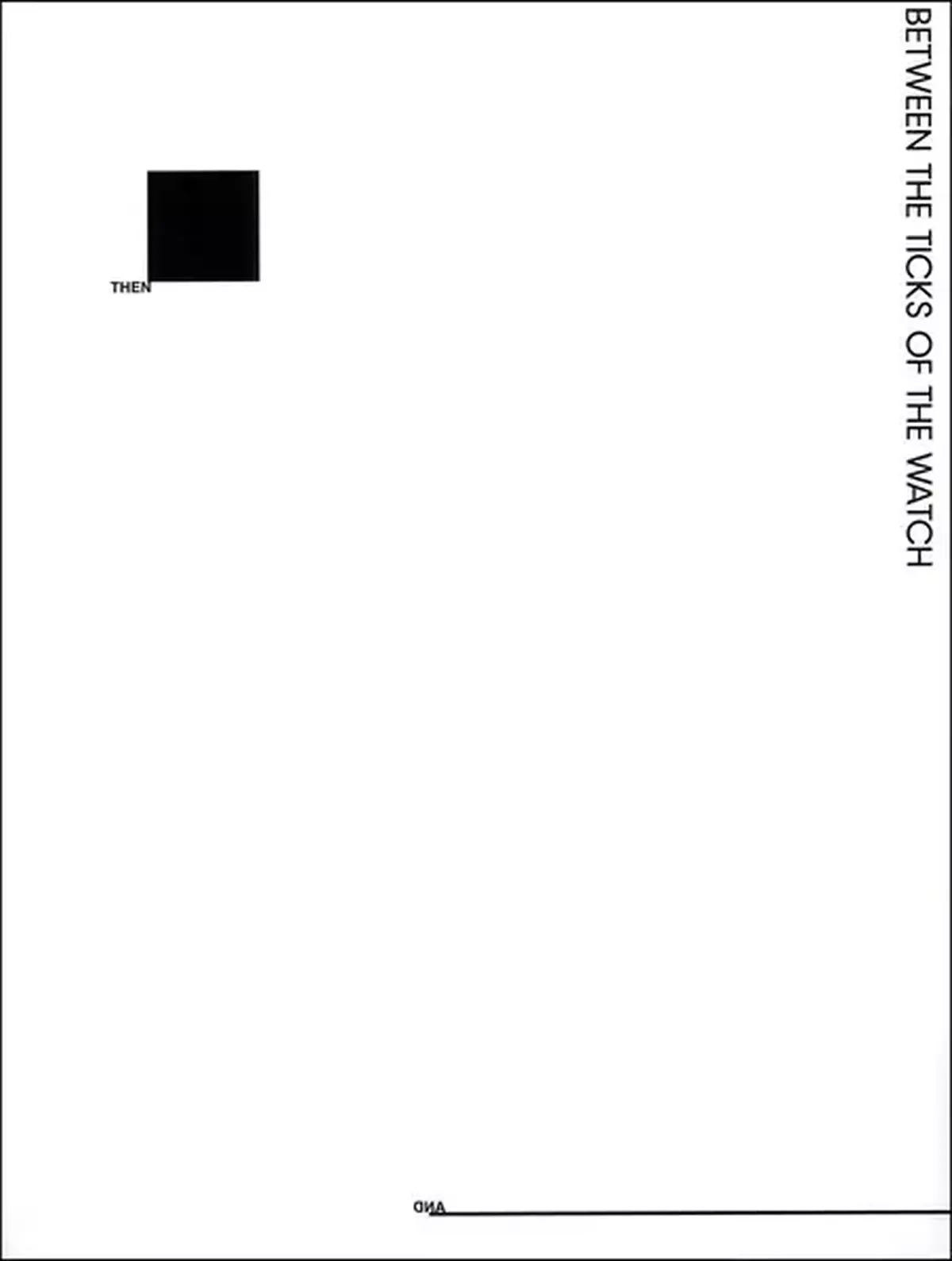
Burgoyne Diller: Collages
Burgoyne Diller
Burgoyne Diller: Collages documents an exhibition consisting of forty-three collages from 1935 through 1965. The collages reflect Diller’s evolution from pure Neo-Plastic compositions of the 1930s to his final studies for minimalist sculpture executed during the 1960s.
Burgoyne Diller was a pioneer of American abstraction and is among the most significant American artists devoted to geometric abstraction. Burgoyne Diller’s earliest abstractions pay homage to Neo-Plastic aesthetics in the tradition of Piet Mondrian, but in the 1940s his work evolved into a very personal, spiritual, and more simplified geometric expression of line and color. As a result, Diller is the vital link between American abstraction of the 1930s and minimalism of the 1950s and 1960s epitomized by artists Donald Judd, Ellsworth Kelly and Myron Stout.
During the late-1920s, at the age of twenty-two, Burgoyne Diller moved from Michigan to New York City, where he began studying at the Art Students League. In 1934, he became employed as an easel painter by the Public Works of Arts Project (PWAP) and in 1935, he was appointed to the influential position of Director of the New York City WPA/FAP Mural Division. In 1937 he was one of the founding members of the American Abstract Artists group, although his official affiliation with this group was short lived. From 1946 until his death in 1965, Diller was a professor at Brooklyn College, where he taught with Ad Reinhardt. Through his lifelong roles as a mentor, Diller influenced countless artists and played a vital role in encouraging the public to embrace abstract art. As Diller expressed, abstraction was "the ideal realm of harmony, stability and order in which every form and spatial interval could be controlled and measured."
In 1990 the Whitney Museum of American Art mounted a major retrospective of Burgoyne Diller. He is represented in numerous museum collections including The Art Institute of Chicago, Solomon R. Guggenheim Museum, Hirshhorn Museum and Sculpture Garden, The Metropolitan Museum of Art, The Museum of Modern Art, New York, and the Whitney Museum of American Art.











































































